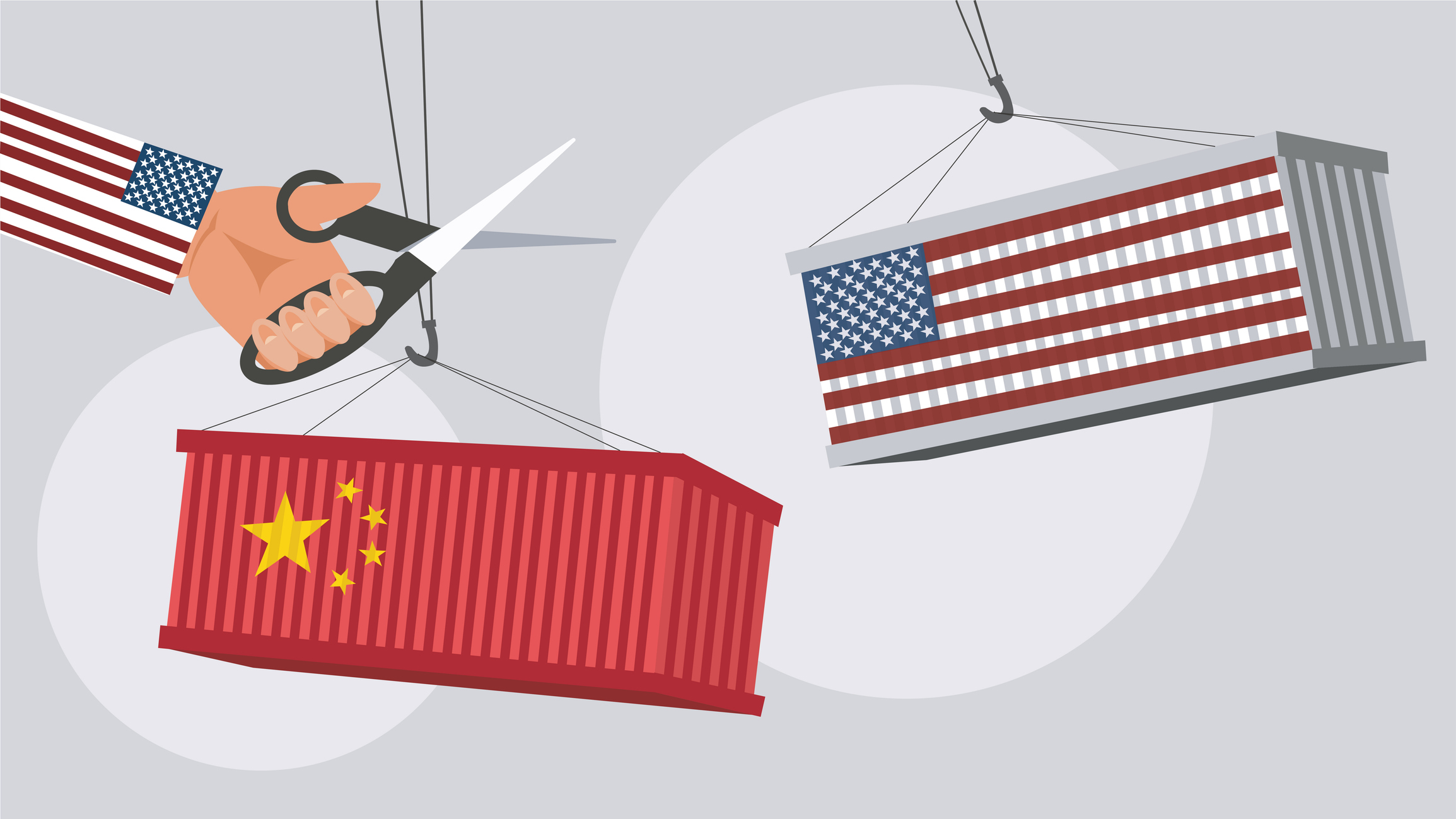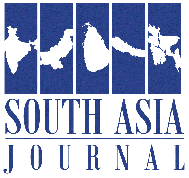
American imperialism has historically employed both free trade and protectionism, depending on its own needs after the Second World War. American foreign policy is also strictly embedded with American trade policy. It is not a departure from American orthodoxy, but rather a continuation in a different form. Therefore, it is no surprise that President Donald Trump took a strong stance against free trade, implementing a wide range of protectionist tariff measures to safeguard the interests of American corporations, boost the domestic economy, and reduce the U.S. trade deficit. Furthermore, the shift from taxing labour to taxing consumption is not a radical state intervention aimed at redistributing wealth. There is no progressive economic logic behind Trump’s trade policies and tariff wars. The goal is to increase government revenue through tariffs without taxing the wealthy, high-income individuals, households, or corporations. This strategy aligns with conservative efforts to protect the interests of the rich. In essence, it also represents a form of imperialist bullying aimed at controlling global trade.
The Trump administration has imposed various tariff measures, including universal tariffs of 10% on imports from all countries, aimed at protecting the domestic economy. Retaliatory tariffs have been imposed on countries like China, with the intention of securing ‘Relief from Unfair Trade Practices’ (up to 60% on Chinese imports). The objective is to undermine the competitive advantage of Chinese products and services in the American market. However, a study by the Federal Reserve Bank of New York reveals that tariff hikes on Chinese goods and services increase costs for American households. Reciprocal tariffs, based on the tariff rate differences between the United States and its counterpart, are designed to reduce American trade deficits. Specific sectoral tariffs, particularly on vehicles, have been directed at industries such as the Mexican automotive sector to protect American auto producers at the cost of consumers in the automotive industry. Finally, targeted country tariffs, such as 25% on all imports from Canada and Mexico or 100% on BRICS countries, focus on protecting American domestic markets at the expense of consumers. These measures primarily prioritise protecting American corporation, often at the cost of American and global producers and consumers. These arbitrary tariff measures undermine the concept of a free market and free trade.
The priest of free trade promoted the concept by linking it to democracy, freedom, human rights, and peace. Colonial and developed countries viewed protectionism as undemocratic and akin to dictatorship. Postcolonial countries in Asia, Africa, and Latin America were discouraged from pursuing independent economic development, while free-market mechanisms were imposed as the sole model for development, economic growth, poverty eradication, and prosperity. Trade agreements such as the North American Free Trade Agreement (NAFTA), the United States-Mexico-Canada Agreement (USMCA), the ASEAN Free Trade Area (AFTA), the South Pacific Regional Trade and Economic Co-operation Agreement (SPARTECA), the South Asian Free Trade Area (SAFTA), the Pacific Islands Forum (PIF), the Bay of Bengal Initiative for Multi-Sectoral Technical and Economic Cooperation (BIMSTEC), and the Commonwealth of Independent States Free Trade Area (CISFTA), along with the European Union, have been branded as guiding lights of international trade and exemplary trading blocs in regional and global commerce under the guidance of the World Trade Organization (WTO).
The WTO has consistently argued that free trade promotes peace by resolving conflicts constructively through rules and regulations. It has also claimed that free trade reduces the cost of living while providing consumers with more choices in products, services, and quality. Furthermore, the WTO asserts that free trade stimulates economic growth, simplifies life, and encourages good governance. However, these ideals are merely propaganda. Free trade is neither truly free nor fair; rather, it serves as a mechanism for resource extraction, enabling the transfer of wealth from the poor to the rich and from developing countries to developed nations. Under President Donald Trump, the free market meant the unrestricted mobility of American capital, corporations, goods, and services. The notion of democratic governance of global trade under the WTO remains a distant myth for the foreseeable future. American hegemony has undermined the concept of global free trade, prioritising the interests of powerful traders over those of producers and consumers.
As American imperialism creates havoc, it is time to reclaim free trade from the hegemonic practices of capitalist countries in order to protect the interests of producers and consumers. Let free trade truly be free—free from corporate control—allowing producers and consumers to interact with each other based on their needs and desires, without any form of interference.
